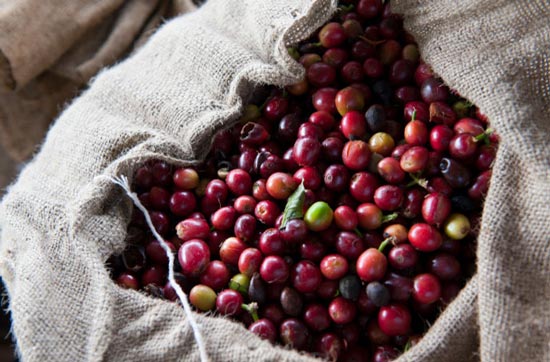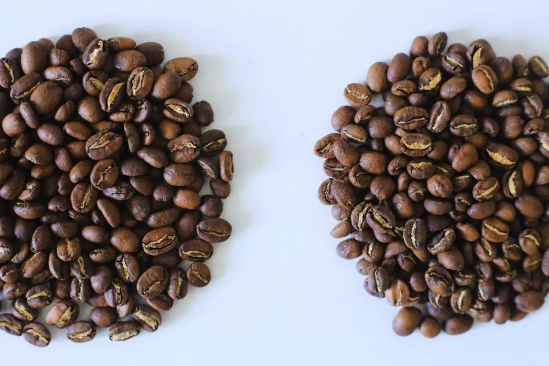On the difference between individual Coffee and mixed Coffee
If you order a cup of coffee, follow the usual order: cup size, with or without sugar, and then you may be asked a question, "would you like a cup of coffee?" Or, "would you like to try some coffee?"
If you are persuaded, have a nice cup of coffee, but what on earth is it?
Single cup of coffee

As its name suggests: single origin, indeed, the same variety of coffee beans from the same origin have come to your cup. If you are a black coffee lover and are reading this article, you may think, "I am often asked this question, why do you have to pay an extra $0.50 per cup of black coffee?"

The problem is very simple. Individual coffee is typical of specialty coffee; they are seasonal (and therefore production is limited), and they are often used by farmers, roasters and baristas to showcase their skills and skills. As for your taste buds, you will usually feel a lot of different flavors. Here is a small memo about the possible flavor of a single cup of coffee (remember: this memo is only useful when tasting black coffee).
"
Central and Southern American Coffee:
Colombia, Nicaragua, Brazil-chocolate, nuts, caramel
African coffee:
Ethiopia, Tanzania, Rwanda-sweet, sour, nutty, lemon, sometimes sour
Asian coffee:
India, Indonesia, Papua New Guinea-fruity, spicy, salty

Mix coffee
75% of people order a cup of milk-based coffee: plain white coffee or latte, and get an incredible cup of coffee specially made in a cafe. Another cool coffee term means that when coffee beans from multiple sources are mixed, the baker will bake two or four kinds of coffee beans at the same time, all from different producing areas and growing countries. Each kind of coffee is roasted in a different way.
To provide your favorite coffee flavors, they are all mixed at different rates (roasting and blending). Coffee is a natural product from plants, so it is a living and ever-changing thing. Every time you roast coffee, you also have to taste it, mixing about three different coffee beans to achieve a balanced flavor and delicious taste. This is really a technical task.

Most of today's coffee is blended, so the next time you try an extra $0.50 cup of coffee, see if you can tell the difference.
Important Notice :
前街咖啡 FrontStreet Coffee has moved to new addredd:
FrontStreet Coffee Address: 315,Donghua East Road,GuangZhou
Tel:020 38364473
- Prev

Steal the branches and hide the coffee beans in the flowers for your lover. Coffee goes to the world like this!
This article is excerpted from "those exotic things: the firsthand Chronicle of exploring the World in the Great Navigation Age", a beautiful spring weekend, watching a coffee history and enjoying a coffee time. Coffee originated in Ethiopia, but its use was not documented until the 15th century because it was discovered late in Europe: it is a stimulant and refreshing, so it is very popular. It is said that Yemen
- Next

Let's take a look at nine aspects to identify the good and bad coffee beans! one
People must be most concerned about the quality of coffee, so how to distinguish the advantages and disadvantages of coffee? This starts from the source of coffee, nine aspects to identify the quality of coffee beans, let's take a look: first, the trap of 100% pure coffee. This is the most obvious hint, because 100% pure coffee does not indicate quality, but only means higher profits and better anti-parasite ability.
Related
- Beginners will see the "Coffee pull flower" guide!
- What is the difference between ice blog purified milk and ordinary milk coffee?
- Why is the Philippines the largest producer of crops in Liberia?
- For coffee extraction, should the fine powder be retained?
- How does extracted espresso fill pressed powder? How much strength does it take to press the powder?
- How to make jasmine cold extract coffee? Is the jasmine + latte good?
- Will this little toy really make the coffee taste better? How does Lily Drip affect coffee extraction?
- Will the action of slapping the filter cup also affect coffee extraction?
- What's the difference between powder-to-water ratio and powder-to-liquid ratio?
- What is the Ethiopian local species? What does it have to do with Heirloom native species?

